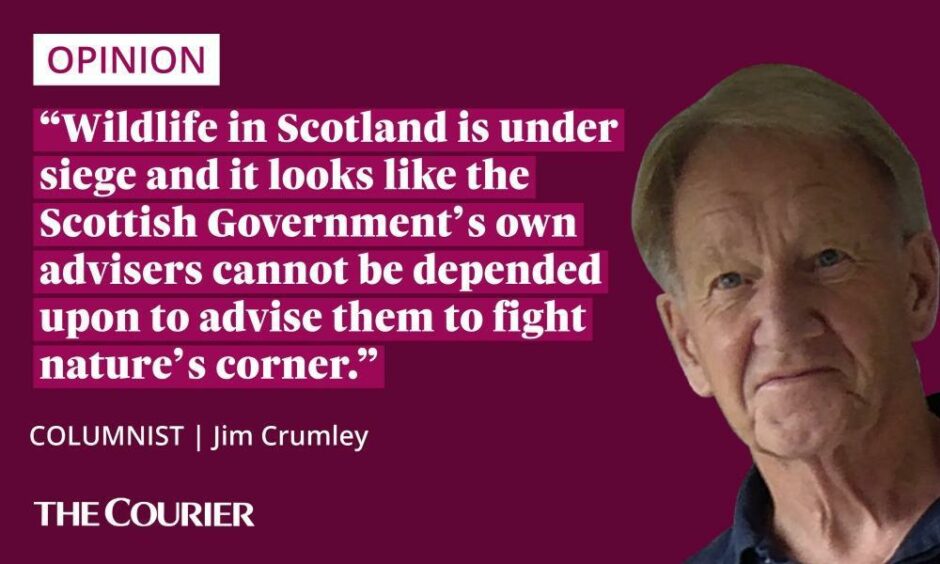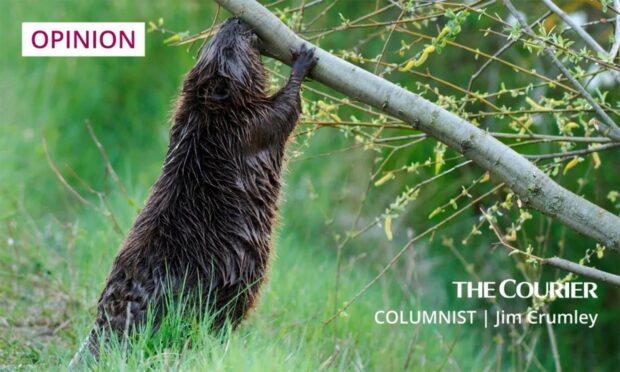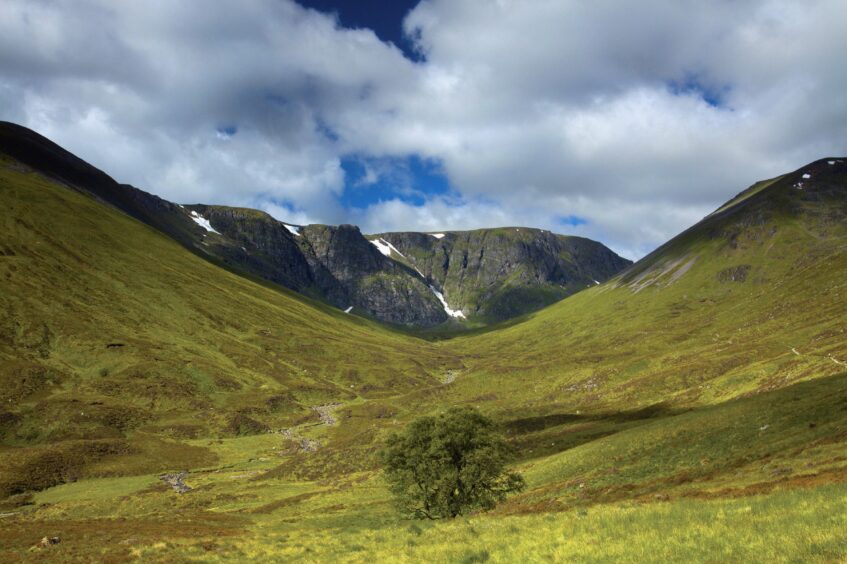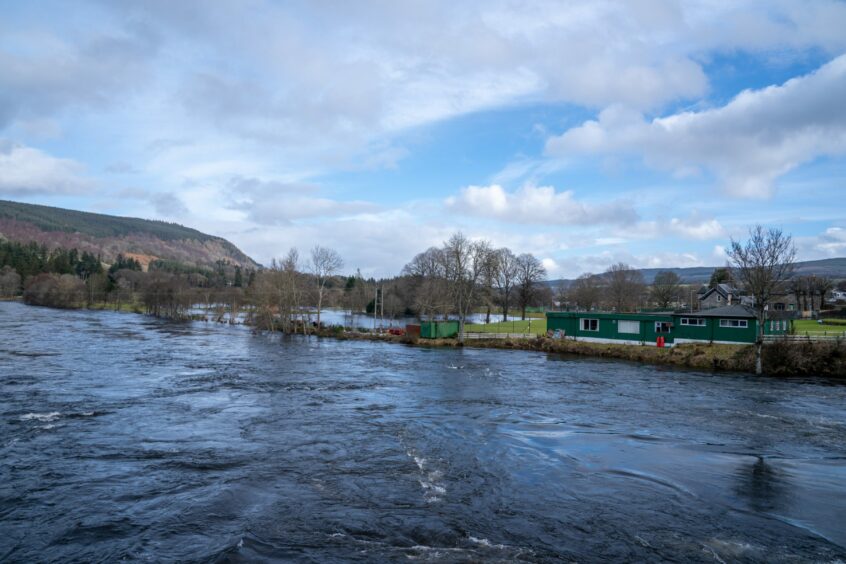On behalf of every beaver in Scotland, I invite Trees for Life to take a bow.
Trees for Life is the Findhorn-based charity dedicated to restoring and rewilding Highland forests, and they just had a good day in the Court of Session.
The beneficiaries in the short term are Scotland’s wild beavers and all fair-minded observers of the landscape of Scotland.
They’re the ones who believe that the ecological benefits stemming directly from the widespread presence of beavers cannot be overstated.
In the longer term there are promising implications for the wellbeing of sea eagles, ravens, geese, pine martens, badgers, foxes, among a long list of wildlife species which a short list of species of land owners and land managers have in their sights.

Among those sent homewards to think again following the court’s judgement are the Scottish Government advisers NatureScot, the landowners’ organisation SLE and the famers’ organisation NUFS.
Very much in NatureScot’s corner, SLE and NUFS combined forces to commit £100,000 to opposing Trees for Life’s contention that NatureScot’s policy towards issuing licences to kill beavers is unlawful.
And although Trees for Life was unsuccessful in four out of five of its arguments, it succeeded with the one that mattered most.
The judge, Lady Carmichael, said NatureScot “has a practice of issuing licences without giving reasons for doing so” and that by pursuing a policy of feeling no duty to give reasons for granting a licence, NatureScot “has erred in law”.
Breaking news – new hope for beavers in Scotland! Following our court challenge to the Scottish Government, licensed beaver killings must halt and all previous beaver killings authorised by NatureScot have been deemed unlawful. Read the full story here: https://t.co/AuqSmnhQXN
— Trees for Life (@treesforlifeuk) October 21, 2021
Trees for Life had argued that a licence to kill beavers should be a last resort and only after all non-lethal options are exhausted.
So now NatureScot must explain in detail the basis on which it issues a licence to kill a beaver, which means the decision can be both challenged and publicised.
Court ruling matters – and here’s why
It is not hard to infer from the declared sympathies of the parties involved that wildlife is a very low priority for the organisations whose members own and manage land.
It does not mean that every landowner and farmer is anti-nature.
But it does mean that wildlife in Scotland is under siege and it looks like the Scottish Government’s own advisers cannot be depended upon to advise them to fight nature’s corner.
See the full statement: https://t.co/acbHvpY3yi
— NatureScot (@nature_scot) October 22, 2021
Ever since the old Nature Conservancy Council morphed into Scottish Natural Heritage and then NatureScot, the priorities realigned from pure nature conservation to an ally of the landowning classes.
An example: I remember a conversation with Dick Balharry, a warrior for nature in his Nature Conservancy Council days, when he was involved in rescuing Creag Meagaidh on Loch Lagganside and its wondrous mountain birchwood from the clutches of Fountain Forestry.
The plan was to fell it and plant a crop of spruces.
Creag Meagaidh mattered because of a series of habitats from lochside to plateau.
I interviewed Dick for the newspaper that employed me then (I was just beginning to become a warrior for nature myself), and he told me neighbouring estates were up in arms about his policy of hefty deer culling to allow the mountain birchwood to recover.
I asked him, how many deer would he allow?
His reply: “We’re not counting deer, we’re counting trees. When we have a sustainable, healthy mountain birchwood, then that’s the number of deer it can sustain.”
It was drastic, but the numbers of deer had been huge, the birchwood was in decline, and biodiversity was dependent on far fewer deer and a healthy wood.
He achieved all three.
Beaver victory could mark a turning point
That kind of nature-at-all-costs policy is unthinkable in the 21st century’s NatureScot.
But Trees for Life’s small victory could begin to turn a singularly oppressive tide back in nature’s favour.
And if there is anyone in the Scottish Government looking at events in the Court of Session with a critical eye and a thoughtful mind, they might conclude that NatureScot is a meaningless name for a meaningless organisation and that the time for a new nature-first agency is at hand.
Because the crisis facing the planet is as much a part of Scotland as it is of anywhere else, for all that we are not suffering its extremes, at least not yet.
But inundation of our coastline, and far up the firths of rivers like Forth and Tay, like Eden and Esk is an advancing shadow we would do well to take very seriously.
In so many ways – from large-scale tree planting to natural manipulation of wetland by beavers to natural management of deer herds by wolves in ways which stimulate unique patterns of biodiversity –pouring resources into nature is the biggest single investment we can make right now.
Economic cycles advance and retreat and always will, but right now is when absolutely everything on Earth, including the human race, is dependent on the health of the planet itself.
The truth we must swallow is that we are nature too, and we must learn to fit back in.
While we come to terms with that, a round of applause please while Trees for Life take a bow.


